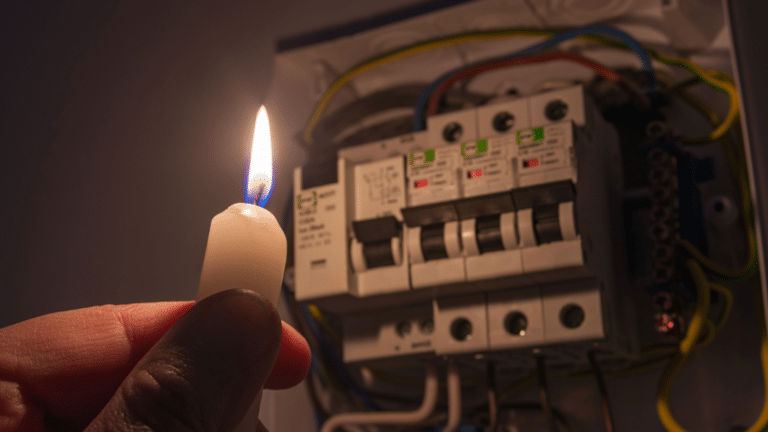Des Etats-Unis au Qatar, une course effrénée au GNL
La multiplication des projets de terminaux d’exportation de GNL avalisés par l’administration Trump pourrait entraîner un excédent massif de l’offre à partir de 2027.
Current Access Level “I” – ID Only: CUID holders, alumni, and approved guests only
Energy justice works hand-in-hand with the energy transition—where fair and just policies for marginalized communities must be prioritized. Understanding how we define and measure energy and environmental justice is key to building a strong energy system.
30 years ago last month, a brutal heatwave struck Chicago, killing more than 700 residents. As the city and much of the United States recently experienced another period of extreme heat, this anniversary serves as a reminder that heat remains one of the deadliest climate-related hazards — killing more people each year than hurricanes, floods and tornadoes combined — particularly for communities burdened by decades of disinvestment and structural barriers to health and safety.

This report explores how residents of North Lawndale, a predominantly Black and historically under-resourced neighborhood on Chicago’s West Side, experience the compounded effects of heat waves and power outages.
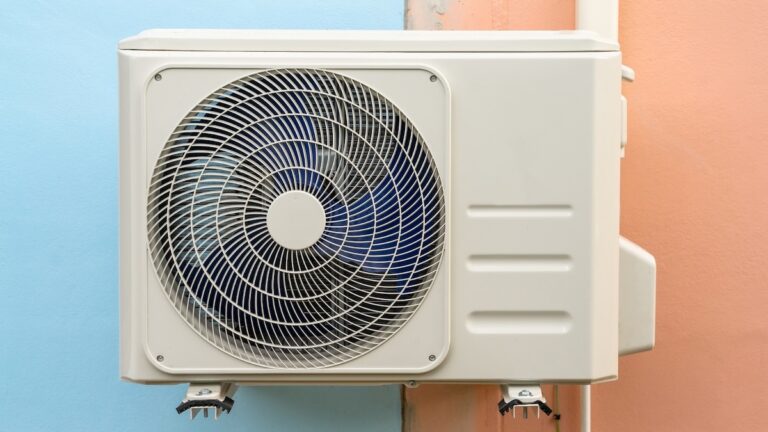
Even as the U.S. pursues an energy agenda centered on achieving affordability through abundance, utilities and local governments have tools to help families navigate energy insecurities.
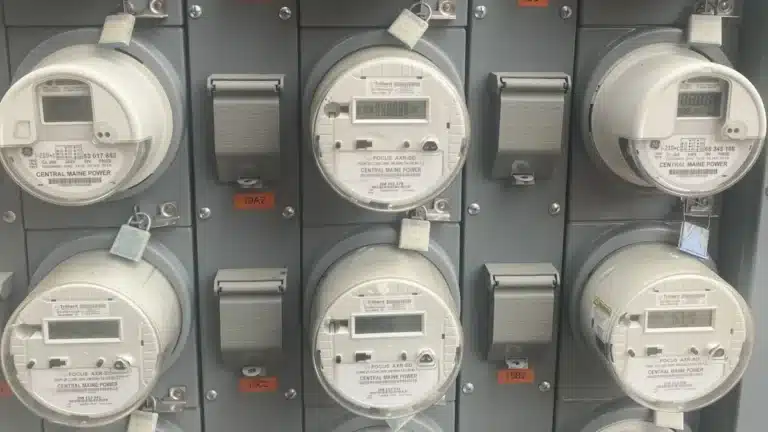
The Just Energy Transition Partnership (JETP) framework[1] was designed to help accelerate the energy transition in emerging market and developing economies (EMDEs) while embedding socioeconomic[2] considerations into its planning and implementation.
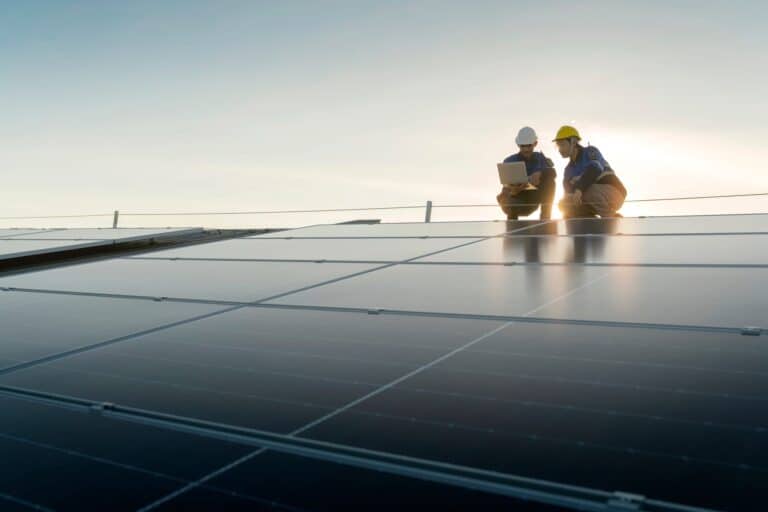
Almost 34 million American households were considered energy insecure in 2020, with the majority foregoing food or life-saving medicine at least once in order to pay their utility bills.

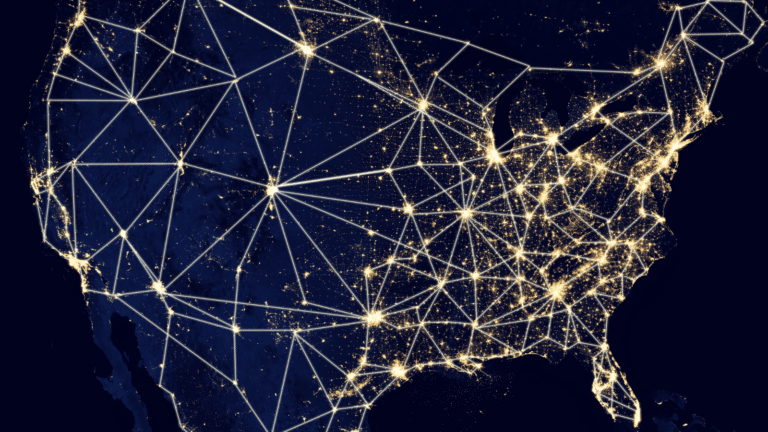
About one in four American households experience some form of energy insecurity. Within this group, Black, Indigenous, Latine, low- and moderate-income (LMI), and other disadvantaged communities face a disproportionately higher burden.
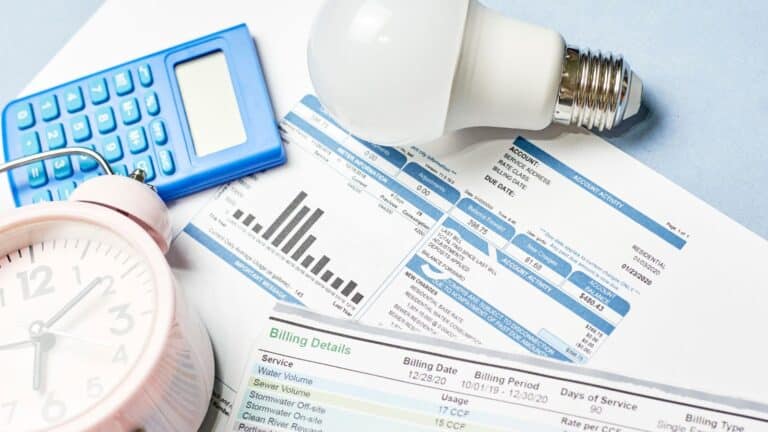
Millions of US households struggle to meet their energy needs due to low wages, rising living costs, and other historical and structural drivers of poverty.
